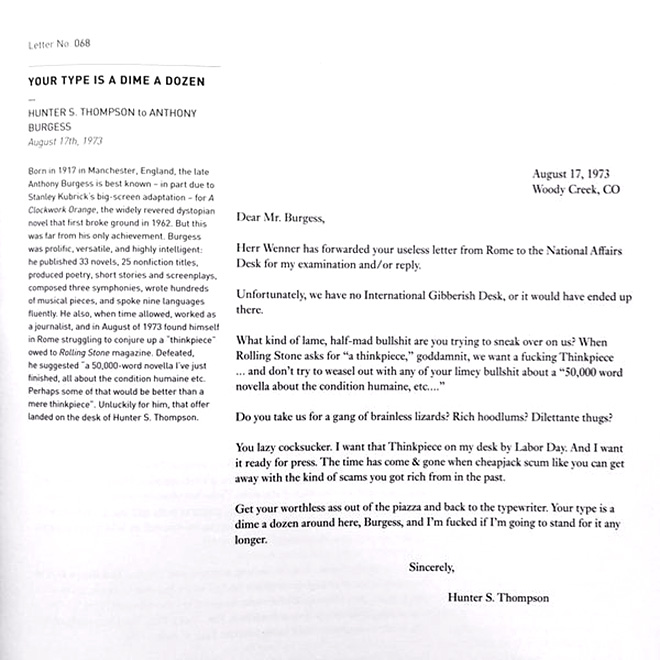Today, of course everybody knows that “Hardball,” “Rivera Live” and similar shows are nothing but a steady stream of guesses about the future. The Sunday morning talk shows are pure speculation. They have to be. Everybody knows there’s no news on Sunday.
But television is entertainment. Let’s look at the so-called serious media. For example, here is The New York Times for March 6, the day Dick Farson told me I was giving this talk. The column one story for that day concerns Bush’s tariffs on imported steel. Now we read: Mr. Bush’s action “is likely to send the price of steel up sharply, perhaps as much as ten percent…” American consumers “will ultimately bear” higher prices. America’s allies “would almost certainly challenge” the decision. Their legal case “could take years to litigate in Geneva, is likely to hinge” on thus and such.
Also note the vague and hidden speculation. The Allies’ challenge would be “setting the stage for a major trade fight with many of the same countries Mr. Bush is trying to hold together in the fractious coalition against terrorism.” In other words, the story speculates that tariffs may rebound against the fight against terrorism.
By now, under the Faludi Standard I have firmly established that media are hopelessly riddled with speculation, and we can go on to consider its ramifications.
You may read this tariff story and think, what’s the big deal? The story’s not bad. Isn’t it reasonable to talk about effects of current events in this way? I answer, absolutely not. Such speculation is a complete waste of time. It’s useless. It’s bullshit on the front page of the Times.
The reason why it is useless, of course, is that nobody knows what the future holds.
Do we all agree that nobody knows what the future holds? Or do I have to prove it to you? I ask this because there are some well-studied media effects which suggest that simply appearing in media provides credibility. There was a well-known series of excellent studies by Stanford researchers that have shown, for example, that children take media literally. If you show them a bag of popcorn on a television set and ask them what will happen if you turn the TV upside down, the children say the popcorn will fall out of the bag. This result would be amusing if it were confined to children. But the studies show that no one is exempt. All human beings are subject to this media effect, including those of us who think we are self-aware and hip and knowledgeable.
Media carries with it a credibility that is totally undeserved. You have all experienced this, in what I call the Murray Gell-Mann Amnesia effect. […]
Briefly stated, the Gell-Mann Amnesia effect is as follows. You open the newspaper to an article on some subject you know well. In Murray’s case, physics. In mine, show business. You read the article and see the journalist has absolutely no understanding of either the facts or the issues. Often, the article is so wrong it actually presents the story backward—reversing cause and effect. I call these the “wet streets cause rain” stories. Paper’s full of them.
In any case, you read with exasperation or amusement the multiple errors in a story, and then turn the page to national or international affairs, and read as if the rest of the newspaper was somehow more accurate about Palestine than the baloney you just read. You turn the page, and forget what you know.
That is the Gell-Mann Amnesia effect. I’d point out it does not operate in other arenas of life. In ordinary life, if somebody consistently exaggerates or lies to you, you soon discount everything they say. In court, there is the legal doctrine of falsus in uno, falsus in omnibus, which means untruthful in one part, untruthful in all. But when it comes to the media, we believe against evidence that it is probably worth our time to read other parts of the paper.
{ Michael Crichton | Continue reading }





















